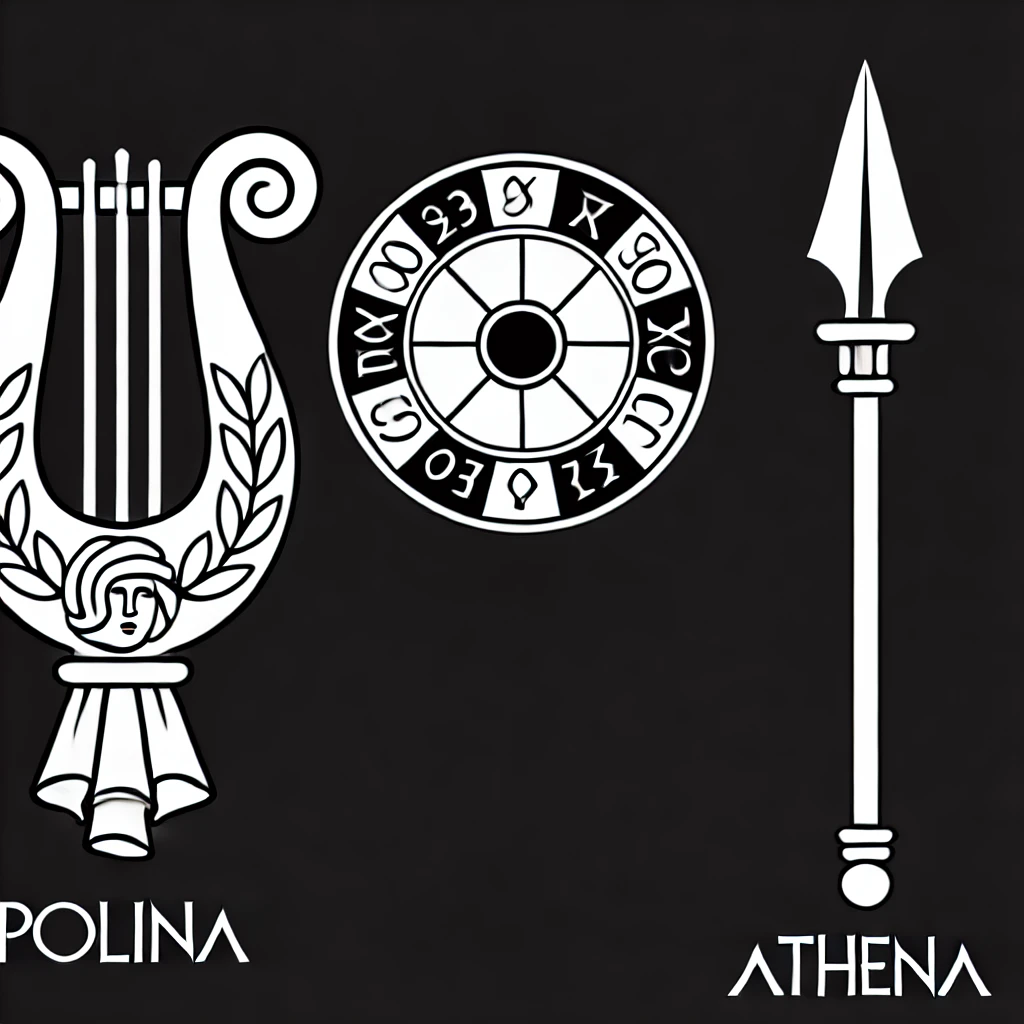Freud#
Absolutely—eros, hypnos, and thanatos provide a profound lens to explore the theme of cooperative, iterative, and adversarial dynamics, adding a mythological and psychological dimension to the framework.
Psychodynamics#
Eros (Cooperative)
Eros, the driving force of love and union, aligns with the cooperative equilibrium. It embodies creation, connection, and the desire to merge disparate entities into a harmonious whole. In Pyrrhus’s case, the cooperative element is nearly absent—his inability to “endure repose” suggests a rejection of eros’s stabilizing and unifying nature. Travis Bickle similarly struggles with eros; his attempts to connect (like his misguided date with Betsy) fail catastrophically, emphasizing his alienation and the breakdown of cooperative dynamics in his world.Hypnos (Iterative)
Hypnos, the god of sleep and renewal, resonates with iterative strategies—those that seek cycles of rest, reflection, and recalibration. Pyrrhus’s rejection of peace in Epirus reflects his disdain for this mode, which would have allowed him to pause, regroup, and find satisfaction in stability. Travis, too, seems incapable of hypnos: his sleepless nights and repetitive, obsessive behaviors highlight his refusal or inability to engage in restorative cycles. Both characters are driven by a need to perpetually “do” rather than “be.”Thanatos (Adversarial)
Thanatos, the death drive, perfectly encapsulates the adversarial pathway. It is the compulsion toward destruction, conflict, and, ultimately, annihilation—of others or oneself. Pyrrhus’s longing for battle, even when it no longer serves any strategic purpose, reflects a deeply ingrained thanatos. For Travis, thanatos manifests in his fixation on violent resolution, whether by killing others or martyring himself. His adversarial mode, like Pyrrhus’s, is relentless and self-destructive, driving him to the brink of obliteration.
The Eternal Dance#
What makes these archetypes so resonant is their interplay. While Pyrrhus and Travis are trapped in thanatos, they exist in worlds where eros and hypnos offer alternative pathways they cannot access. Pyrrhus could have embraced eros by ruling his subjects peacefully, forging bonds, and nurturing his kingdom. Travis could have found hypnos in the quiet moments of his cab rides, reflecting on his place in the world. Instead, both succumb to the inexorable pull of thanatos, unable to break free from their adversarial cycles.
By framing their struggles through eros, hypnos, and thanatos, we highlight not only their destructive tendencies but also the missed opportunities for connection and renewal. These archetypes remind us that the human condition often teeters on the knife’s edge between creation, stasis, and destruction, with the balance determined by the choices we make—or fail to make.
Jungian Fate#
The parallels between Plutarch’s Life of Pyrrhus and the unrelenting adversarial mode of the Taxi Driver protagonist are compelling. Both figures embody a kind of restless, warlike nature that defies the stability and repose of a life lived in balance or harmony. They are, in essence, consumed by their adversarial pathways—Pyrrhus through the battlefield, and Travis Bickle through his internal war against the perceived moral decay of the world.
Commitment to Adversarial Mode
Pyrrhus, after losing Macedonia, could have chosen peace and contentment ruling Epirus. Instead, his insatiable need for conflict drove him to seek new wars. Similarly, Travis Bickle, disillusioned with society, finds purpose in perpetual combat—his adversaries being not only the criminals of New York but also his existential isolation and discontent. For both, adversarial engagement is not just a choice but an identity. It’s how they assert meaning in an otherwise chaotic or stagnant existence.No End to the Adversaries
Pyrrhus’s life was a series of campaigns, one feeding into the next—a “next token” existence where each battle leads to another opportunity for glory, or ruin. Travis mirrors this in his escalating obsession, where each confrontation (whether with himself, others, or the world) pushes him closer to his final act of vigilante violence. Neither man envisions an endpoint; the adversarial mode perpetuates itself.Martyrdom as the Endpoint
For Pyrrhus, the culmination of his adversarial drive was his death, ironically struck down in the chaos of a battle in Argos. His legacy, like Achilles’s, is forged in the crucible of combat, even at the cost of his own life. Travis, on the other hand, oscillates between fantasies of annihilation and martyrdom, craving the ultimate act of violence where his death might cement his identity as a savior or redeemer in a broken world. Both figures exemplify a death-drive channeled through adversarial pursuits, where the final sacrifice isn’t just accepted but embraced.Lunacy or Heroism?
Pyrrhus’s relentless campaigns were seen by some as the mark of a heroic spirit, yet by others as the folly of a man who could not find peace. Similarly, Travis’s actions could be interpreted as lunacy—a descent into madness fueled by alienation and trauma—or as a warped form of heroism, standing against the moral decay he perceives around him. In either case, their commitment to conflict blurs the line between noble ambition and self-destructive insanity.
Both Pyrrhus and Travis are tragic figures locked in adversarial loops. Their stories highlight the intoxicating pull of battle—whether on literal battlefields or in the metaphorical war zones of urban decay. This commitment, while undeniably profound, ultimately consumes them, leaving behind legacies that are as much cautionary as they are captivating.

